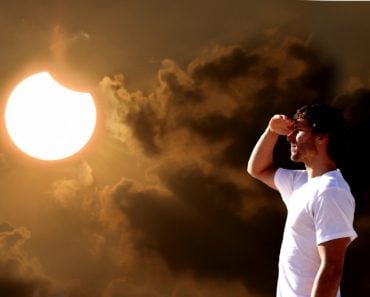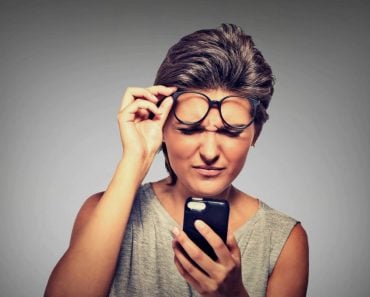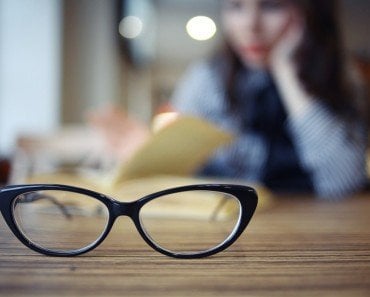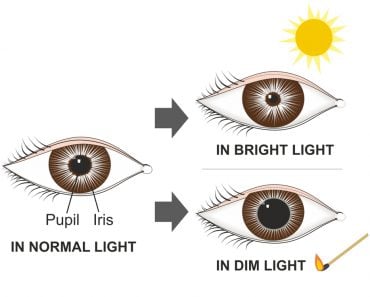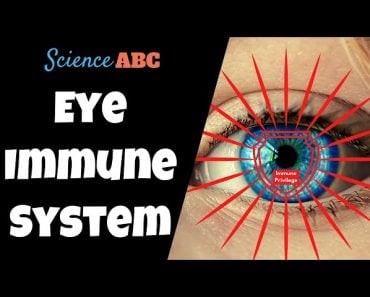Currently, there is no scientific evidence that reading in the dark or low light causes permanent damage to the eyes. However, it can strain your eyes, leading to itchiness, watering, redness—a lot of annoying symptoms that could be avoided.
As a kid, did you ever enjoy hiding out under the blankets with a flashlight to read a book way past your bedtime? I did! And I’ve also been warned that reading in the dark or low light is bad for my eyes.
Reading, whether it consists of looking at a screen or an actual book, is a vital part of life. We often do it for extended periods of time, even with the lights down low. All the while, we are reminded that it’s better to read in a well-lit room.
The question is… is it a myth, or could this old wisdom actually be true? If so, why is it okay to watch a movie in the dark in the theater?
To understand this, we should check out how the eyes work when adapting to different light levels.
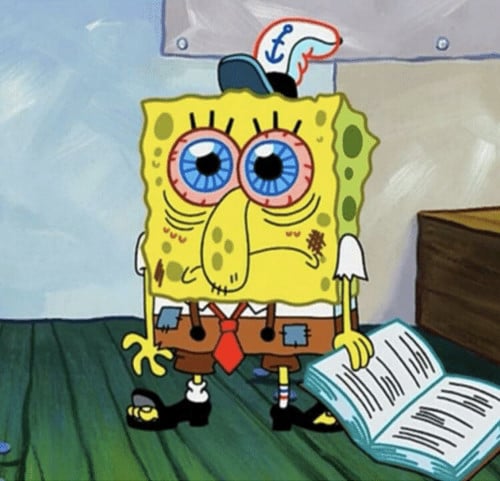
Recommended Video for you:
How Do Our Eyes Change Depending On Light Levels?
We can see when light enters the eye through the cornea (the clear, dome-shaped outermost layer that protects the front of the eye, including the iris and the pupil).The retina, the part that lies at the back of the eye, has photoreceptors, namely rods and cones, which are sensitive to dim and bright light.
So, first the photons from the light reach the retina and hit the the photoreceptors there. Next, the photoreceptors convert the information from the light into electrical signals. The electrical signals reach the brain via neurons and the brain then makes sense of the signals, which creates the experience of ‘seeing’.
In dim light, the pupil (the round black opening in the center of the eye) dilates (becomes wider) to allow more light to enter. In bright light, it contracts, so that less light can hit the eye. Since the eyes are connected through some optic nerves, both pupils contract or dilate together to regulate the amount of light that enters the eye.
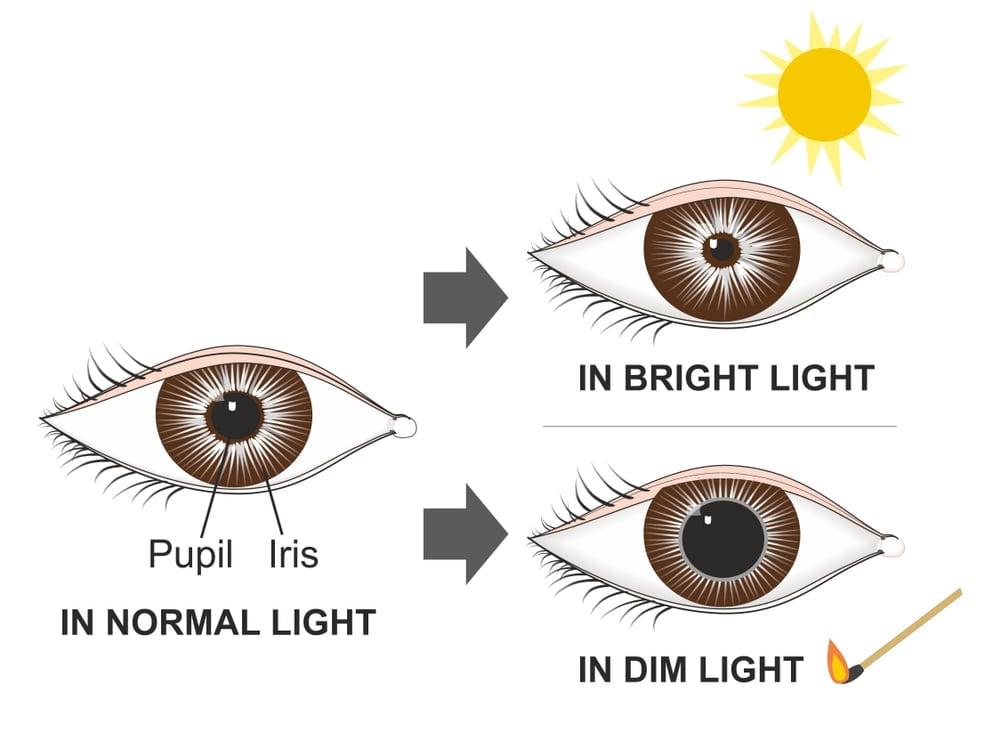
When you sleep in a pitch-black room, the eyes gradually adapt to the darkness. However, when someone pulls the curtains wide open in the morning, you instinctively squint or close your eyes and look away until the pupils have had time to relax and adjust to the light in the environment.
This shows that our eyes are designed in such a way that they can adjust to different levels of light.
So, Is Bright Or Dim Light Better For Eyes?
Just as we cannot see anything in the dark, we also can’t look directly at the sun. In fact, the intensity of the light can result in permanent damage to the retina.
The sun gives off blue light, as do fluorescent lights, LEDs, TVs, computer and smartphone screens. This is why looking at a bright, glaring digital screen for too long can irritate our eyes, forcing us to automatically blink and look away.
In movie theaters, on the contrary, the light is more gentle than what we experience with a TV set. This is because you’re not directly looking at the source of light (projectors) while viewing, but only the reflection of that light on a large screen.
On the flip side, you will have a hard time reading in light that is too low.
Similar to the muscles that work inside the eyes, there are muscles located outside of your eyes (extraocular) that control the eye movement. So, how we see, move our eyes, and adjust our vision according to the light are the result of coordinated effort from a lot of muscles working together. If you run excessively, you’d feel exhausted at some point. Likewise, the eyes can get weak and tired if you overwork the eye muscles.
What Happens To The Eyes In Dim Light?
Research says that our eyes work harder than usual in low-light situations. While reading in dim light, your pupils have to dilate more to let in as much light as possible. The light-sensitive cells in the back of the eyes have to work harder than they would in normal daylight.
This extra work is necessary to compensate for the lack of sufficient lighting. This helps your brain process the information of what you manage to see while straining. When we stare at a screen or a book for hours in dim light, the muscles inside and around our eyes quickly become strained.
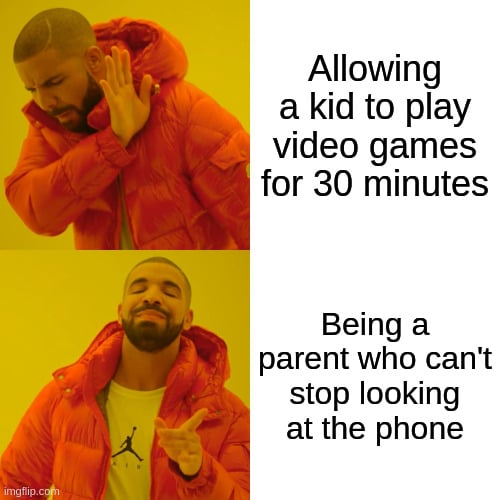
So, is it okay to look at a screen when the room is dark? The digital screen is where the light is coming from, after all.
Not really. Studies reveal that staring at anything (not just a screen) for too long can make your eyes tired, as you are concentrating too much on it, so you tend to blink less. Staring at a screen in a dark or dimly lit room causes even more strain, especially if you are too close to the screen or book for prolonged periods of time.
Also, when a screen is much darker (or brighter) than the surroundings, our eyes must work harder to see it.
Regardless of the lighting situation, when we focus on a smartphone for too long, it may actually make our eyeballs become longer, from front to back. This becomes especially evident in the vitreous chamber (the large space in the eyeball filled with jelly-like substance). Once the eyeball elongates too much, as we keep focusing on near objects, it can lead to myopia or short-sightedness (a condition in which near objects would appear clearly, but distant objects seem blurred).
So, How Do We Avoid Eyestrain While Reading?
Experts believe there are some ways to safeguard your eyes from the harms of a screen. First, you should adjust the brightness to the real environment around you. So, if you’re reading something at night, make sure to do it with a light on (maybe some soft light, like from a lamp).
Similarly, putting your phone’s night mode or dark mode on during the day won’t help either, as the brightness of the display is not the same as the environment.
While working or studying, position the computer in such a way that you can avoid glare. Allow yourself to take breaks, blink often, and be mindful of your seating positions. Evidence also suggests that spending more time in natural daylight can protect you against conditions like myopia.
A Final Word
Reading in the dark isn’t as bad as it is traditionally believed to be. For thousands of years, people read by candlelight, oil lamps or gas lamps.
Still, parents all over the world cling to this odd piece of cautionary advice. Perhaps it’s because they want to put their children to bed early to prevent them from suffering the kind of health issues that can come from irregular sleeping habits.
At the end of the day, good vision is something we shouldn’t take for granted. Aging will inevitably affect the eyes at some point, but we should try to steer clear of any eye problems while we still can!
References (click to expand)
- She, Z., Hung, L.-F., Arumugam, B., Beach, K. M., & Smith, E. L., III. (2020, November). Effects of low intensity ambient lighting on refractive development in infant rhesus monkeys (Macaca mulatta). Vision Research. Elsevier BV.
- N Kozeis. (2009) Impact of computer use on children's vision - PMC - NCBI. National Center for Biotechnology Information
- H Kolb. (2007) Gross Anatomy of the Eye - Webvision - NCBI Bookshelf. National Center for Biotechnology Information
- Akinbinu, T. R., & Mashalla, Y. J. (2014). Impact of computer technology on health: Computer Vision Syndrome (CVS). Medical Practice and Reviews, 5(3), 20-30.
- Foreman, J., Salim, A. T., Praveen, A., Fonseka, D., Ting, D. S. W., Guang He, M., … Dirani, M. (2021, December). Association between digital smart device use and myopia: a systematic review and meta-analysis. The Lancet Digital Health. Elsevier BV.


